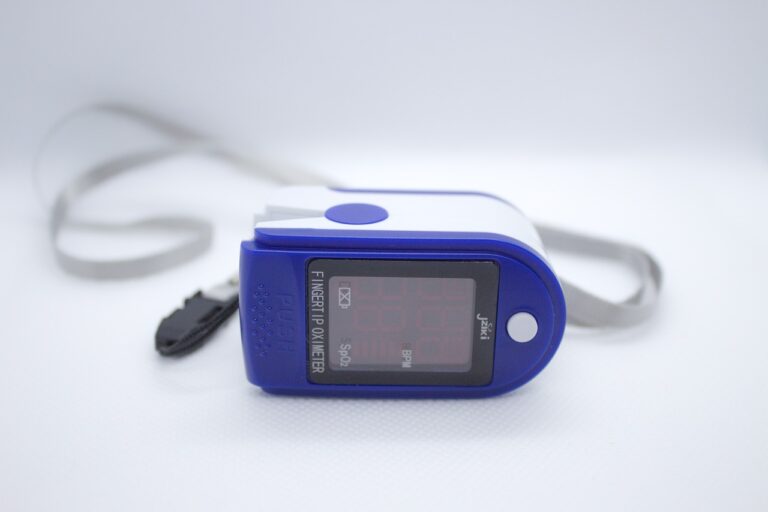The Role of Technology in Elderly Care
Technology has revolutionized elderly care by providing innovative solutions to improve the quality of life for seniors. One key benefit is the ability to monitor the health and well-being of elderly individuals remotely, enabling caregivers to detect any potential issues promptly. For instance, wearable devices can track vital signs and activity levels, alerting healthcare professionals in case of any abnormalities.
Moreover, technology offers various communication tools that help seniors stay connected with their loved ones. Video calls and social media platforms enable older adults to interact with family and friends, reducing feelings of isolation and loneliness. This virtual connection can significantly enhance the emotional well-being of seniors and provide them with a sense of companionship and support.
Challenges Faced in Implementing Technology for Elderly Care
Implementing technology for elderly care comes with its own set of challenges. One common obstacle is the resistance to change among both the elderly individuals themselves and the caregivers. Some seniors may be hesitant to adopt new technologies due to unfamiliarity or fear of complexity, while caregivers may be reluctant to incorporate technology into their routines if they feel it disrupts their established practices.
Another significant challenge is the digital divide that exists among the elderly population. Not all seniors have the same level of access to or comfort with technology, which can create disparities in the quality of care they receive. This divide can further widen when considering factors such as socioeconomic status, education level, and geographic location, making it essential to consider these barriers when implementing technology solutions for elderly care.
Types of Technologies Available for Elderly Care
As the demand for elderly care continues to rise, technology has been playing a crucial role in enhancing the quality of life for seniors. One prevalent technology utilized in elderly care is wearable devices, such as smartwatches and health trackers. These devices can monitor vital signs, track daily activities, and even send alerts in case of emergencies, providing both seniors and caregivers with peace of mind.
Another valuable technology for elderly care is telemedicine. This allows seniors to consult with healthcare providers remotely, reducing the need for frequent hospital visits. Additionally, smart home technology, including voice-activated assistants and automated medication dispensers, can help seniors maintain their independence while ensuring their safety and well-being in their own homes.
What are the benefits of using technology in elderly care?
Using technology in elderly care can help improve communication, monitor health conditions, provide assistance with daily tasks, enhance safety and security, and promote social engagement.
What are some challenges faced in implementing technology for elderly care?
Some challenges include resistance to change, cost of technology, privacy concerns, usability issues for older adults, and lack of technical support.
What are some types of technologies available for elderly care?
Some types of technologies available for elderly care include telehealth services, wearable devices for monitoring health, smart home devices for assistance with daily tasks, medication management apps, and social robots for companionship.







